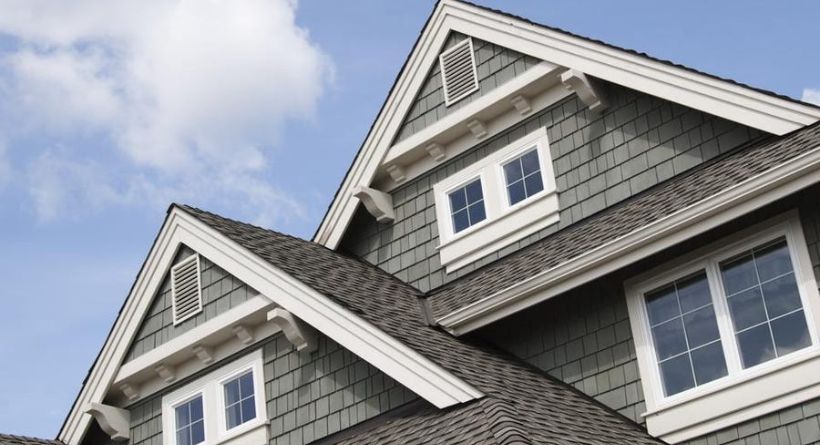Despite seeing the largest quarterly increase in 28 years during the first quarter, mortgage rates have risen since the year’s beginning. While some housing experts predict that rates won’t rise much this year, others predict that they will continue to rise, citing the six weeks of rising rates that will occur from now until September.
Mortgage Rate Forecast for October 2022
Rates for home loans are caught in a tug-of-war between rising inflation and the Federal Reserve’s actions to restrain inflation which has indirectly pushed rates higher.
The Federal Reserve began hiking its benchmark interest rate in March and then in June, it raised the rate by 75 basis points—the largest increase since 1994—only to repeat that step again in July and September.
“The Fed has reiterated its commitment to keeping the monetary tightening course, warning that consumers and businesses can expect more ‘pain’ ahead,” says George Ratiu, Realtor.com’s director of economic research. This means that rates will likely continue to undergo upward pressure in the upcoming months—or at least until inflation is moderated.
“While rates in the 7% range were [nearly unthinkable in August], with the 10-year Treasury touching 4% this week, we can expect rates to move in the [6.5% to 8% range] through the remainder of the year,” Ratiu says.
But not everyone thinks market conditions will get so extreme in the last months of 2022, as seen in the variety within the following commentary from housing experts:
MBA, the Mortgage Bankers Association
We expect the average to be 5.5% by the conclusion of the fourth quarter. We continue to expect significant volatility.
Ruben Gonzalez, chief economist at Keller Williams, said that the Federal Reserve will keep raising the federal funds rate to contain inflation. If the Reserve’s strategy changed, mortgage rates would rise much higher. The demand for homes has continued to decline due to rising mortgage rates, which has slowed down both sales and house price growth.
Chief Economist of the National Association of Realtors (NAR), Lawrence Yun
The Federal Reserve has had to act much more aggressively as a result of the persistently rising inflation. The benchmark 10-year Treasury yield has thus increased to 4%. Additionally, the Fed is reducing its holdings of mortgage-backed securities. Mortgage interest rates may be approaching 7%.
Freddie Mac
Predicts a fourth-quarter rate of 5.7%.
Is There Still Time To Refinance?
Americans regularly monitor mortgage rates, and if they decline even little, more individuals seek for mortgages. According to MBA statistics, rates are still much higher than they were a year ago, but applications are still hovering around their lowest point in more than 20 years.
While certain refinancing alternatives may result in reduced monthly payments, not all of them also result in lower interest costs overall. For instance, switching from a 5% mortgage with 26 years remaining to a 4% rate with 30 years left on it would result in you paying more than $13,000 in extra interest.
You may use a mortgage refinancing calculator to see how much you might save before looking around for a lender.
As closing expenses might deplete your funds if you sell your house soon after refinancing, you should also think about how long you want to remain there. Depending on the lender, refinancing closing expenses range from 2% to 5% of the loan amount. As a result, you should aim to retain your house for a long enough period of time to pay those expenses and benefit from cheaper refinancing rates.
Remember that in addition to your credit score, debt-to-income (DTI) ratio, loan-to-value (LTV) ratio, and evidence of a consistent income, additional criteria may affect the rate you qualify for.
Current Mortgage Rate Trends
The 30-year fixed mortgage rate average has increased from 3.22% at the beginning of the year to 7.26% now.
A 15-year fixed-rate mortgage now costs, on average, 6.49% more than it did in early January, when it was 2.43%.
Mortgages with adjustable rates can be more affordable than those with fixed rates in the present market. By September’s conclusion, the typical 5/1 ARM had a 5.46% interest rate.
Frequently Asked Questions (FAQs)
What are the rates on mortgages?
Mortgage rates are the fees incurred while obtaining a loan to pay for a property purchase. Due to the high cost of houses, the majority of buyers choose to spread out their payments over lengthy periods of time, often up to 30 years, in order to make their regular monthly payments more manageable.
Mortgage rates increase when interest rates do, reflecting developments in the economy and financial markets, and vice versa.
What is a rate lock on a mortgage?
If you close within the expected time frame and don’t make any modifications to your application, a mortgage rate lock ensures that the rate you’re provided in your application acceptance is the one you’ll ultimately pay.
It could be a good idea to lock in a rate that looks reasonable to you during a time of increasing or unpredictable interest rates, like the one we’re now experiencing.
When should my mortgage rate be locked?
Any market may be difficult to time, and mortgage rates are no exception. It may be wise to lock in a rate that fits your budget and appears fair to you if circumstances are turbulent and interest rates are projected to remain stable, if not increase.
Make careful to ask your lender what may happen if rates drop after you lock in a rate, as well as the repercussions of not closing within the term outlined in a rate lock agreement.







